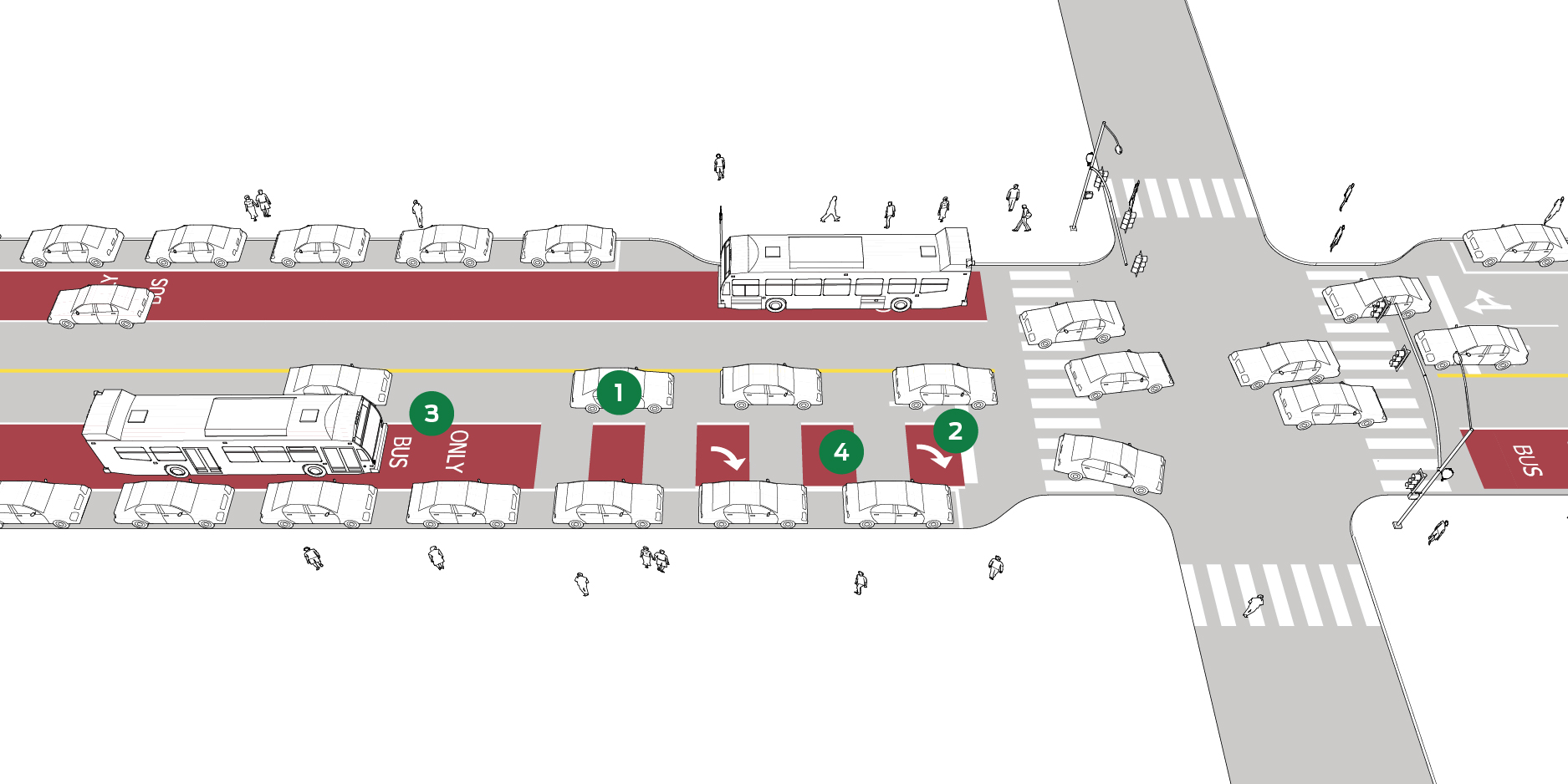So we on this thread have been looking forward to a BRT revolution, with bus lanes running up and down the whole valley and replacing all of UTA's busiest routes. So far this isn't happening. There are AFAIK only three other BRT projects in various stages of development: 1) the mid-valley line which connects Murray to the TRAX green line and is going to start construction within the next year or so 2) The Ogden BRT between the Ogden FrontRunner station and Weber State University, which is going to start major design soon and will be ready for construction within the next couple of YEARS, and 3) the South Davis BRT, which is still going through environmental studies for the next few YEARS before another few YEARS of design work before another few YEARS of construction....
You can see where I'm going with this. The revolution is not a revolution but a long slow slog. If we insist on opening BRT lines as completed packages with fully dedicated lanes from day 1, it is going to take at least a century to cover all of Salt Lake Valley with all the BRT lines it really needs.
We've talked in the past about a sort of BRT-lite, where BRT buses run in normal traffic in the far left lane and stop at BRT stations in the median. I really like this idea, but I'm beginning to think that even this is asking too much. UTA and UDOT need a really
really simple way to bring the benefits of BRT to all bus routes, and they need to be able to do it in a reasonable amount of time.
Here is what I propose:
BAT lane: Bus And Turn lane

This would apply only at intersections, where a right-turn pocket forms. Buses would pull into the Right turn lane and stop at a raised BRT station. Because the platform is on the right side of the road, UTA's entire current bus fleet could be used on these routes. The raised platforms would make the stops short, and the card readers/fare machines will boarding the buses fast.
Once a bus shows up in the right turn lane, the traffic light will immediately turn RED and allow cross-traffic to proceed. This will last long enough for boarding/exiting the bus to take place. Then, before the signal turns green, a Bus Priority Signal will allow the buses to go first. This priority will take 2-5 seconds, and will allow the buses to merge back into the travel lane without having to fight against traffic:
• Video Link
Downsides, compared to BRT:
The potential to get caught in traffic, since there are no dedicated lanes
Right turns for private vehicles will take longer since they will not be able to turn right on red anymore
By running regular 40-foot buses, bikes will still need to be placed on a rack in the front
Benefits, compared to existing buses:
No need for the bus to fight its way into traffic after every stop.
Because of the platform, bus stops will be clearly marked and can feature BRT-style amenities (shelter, electronic sign board, etc.)
Priority at signals gives the bus a clear lane ahead to the next stop, which will be almost as good as a dedicated lane
Constructability:
UDOT is responsible for all new UTA infrasture after the last UTA overhaul. UDOT is also responsible for all the signals and sidewalks on their roads, such as State Street and Redwood Road, 700 East and other corridors where we all want BRT/better bus service.
UDOT could implement a program for improving signals one intersection at a time. Intersections could be chosen randomly, so many bus routes could get improved gradually instead of spending resources on just one line (politically a bad idea).
UDOT should have an interest in moving buses through the intersections faster than other vehicles, since buses carry more people than normal vehicles, increasing the people-per-hour throughput of state-owned roads.
One downside is that all bus stops must now be on the near-side of intersections, and bus stops cannot function without a stop light of some kind (even a hawk signal for pedestrian crossings can function as a transit priority light). This will reduce the number of bus stops on some routes. For example, I looked at the Route 200 from Murray Central to North Temple station via State Street. This bus route has 44 bus stops, most of them being mid-block. By moving to intersections (and by assuming that a signalized cross walk can be built at some new locations) I counted 35 bus stops for a new improved route. This reduces the number of stops by about 20% - which will make the route faster, but less accessible. Passengers will have to walk farther to reach their stops, but probably not by much.
If I were in charge of UDOT, I would begin an program to upgrade one intersection per month. Several intersections would have to be under construction at once, but teams of construction workers could move from site to site. The utilities/signals guys could arrive first, then the platform guys, then the shelter guys. In this way there would be a constant stream of transit improvements, and all of it could be done under a regular program if 'intersection improvements.'